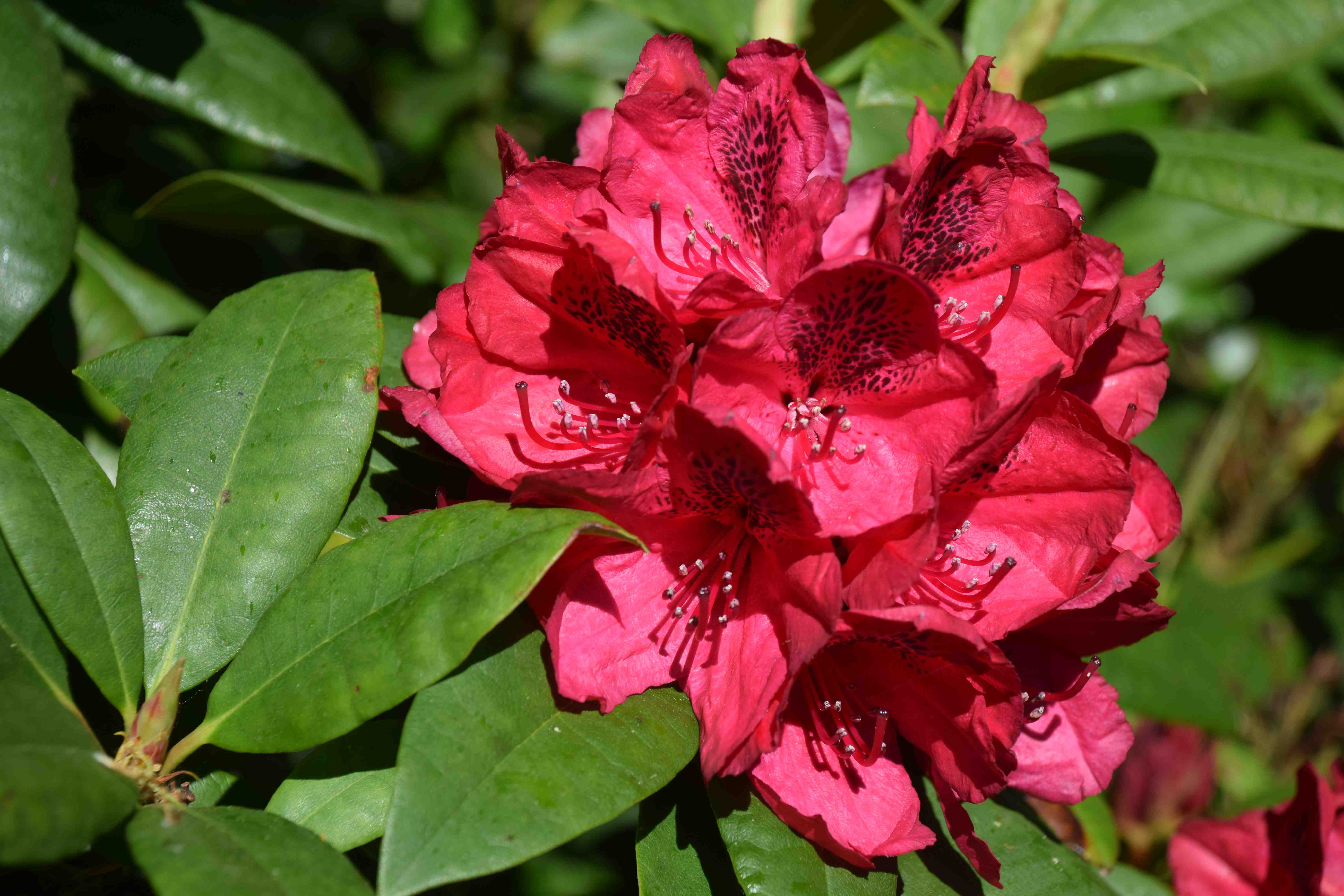How times have changed

Knights Garden Centres are celebrating 75 years of trading; a significant achievement in an age of take-overs and mergers, when companies appear and disappear in the blink of an eye. I have been asked to write because, to quote Richard Knight, I have been working there ‘almost since the beginning’. While this is not quite true, I have worked at Knights, especially at the Nag’s Hall branch, since I was at school and, since I am now in my seventh decade (just) I have known the company a long time.
While I was at school I had various jobs; working in the greengrocers, Meyers, in Oxted high street, on Saturdays, working in Barons’ restaurant, Oxted, washing up, on Friday and Saturday nights, and doing gardening, or working at Knights on Sunday mornings. It was all to save up for my first motorbike which I got on my 17th birthday so every Sunday afternoon was a run to Brighton. And I have had a bike ever since.
When I left sixth form I started work at Knights, full time. The industry was very different then and it was not as geared up for consumer convenience. There were no nurseries in the UK supplying potted plants for sale all year round and the industry was far more seasonal. We produced a catalogue and customers would order what they wanted to buy in autumn. Many of the shrubs were grown in what is now the car park area – long rows of conifers that had to be weeded and replanted every year or so to keep the roots compact so they could be lifted for sale. And every year a huge lorry would arrive in autumn, packed with Dutch-grown shrubs with their root balls wrapped in hessian sacks to keep the soil on their roots. These had to be unloaded by hand (there were no forklifts then) and plunged into beds of peat where they would remain until pulled out for customers. These included lots of rhododendrons and other ericaceous plants such as azaleas and kalmias. These all have fibrous, compact roots so are ideal for rootballing.
There were also bare-root deciduous shrubs and a few herbaceous plants too but these had to be potted to grow on for sale in spring and summer. The range was not huge and these were the days just before the formation of the National Council for the Protection of Plants and Gardens (NCCPG – now, mercifully, Plant Heritage) and gardeners did not have the choice of plants available today. We had to pot them into ‘plastic bag’ pots that were difficult to keep open as you filled them and just as difficult to handle, move and put on the gravel beds upright. It is an irony not lost on anyone of my age that we had no worry about plastic in those halcyon days and we used a lot less. Peat is another issue and we got through tonnes of it, though that is another, back-breaking story.
So in those days gardeners could not just walk into the centre and choose from the selection they expect today. They had to get a catalogue, decide what they wanted and wait. Oh, and after you had loaded the car there was no chance of a coffee – garden centre coffee shops had not been invented yet!
Tips for the week: 2 March 2020
Snowdrops
This spring, more than most, we have appreciated snowdrops and their ability to survive awful weather. If you have clumps that are more than five years old they will benefit from being divided and replanted. In time, the bulbs get crowded and small bulbs are pushed to the surface. Now is the perfect time to lift the clumps, divide them into groups of three or so bulbs and replant them about 15cm apart. They will die down slowly and in just a few years clumps can become sheets of colour in February.
Seeds
Inevitably, thoughts turn to seed sowing but always garden with the weather, not the calendar. If it is too cold for you outside then seeds will probably rot in the ground rather than germinate. But buy your seeds now before the most popular varieties get snapped up. If sowing in a cool greenhouse or on the windowsill, think about where all those plants will live, waiting to be planted out in late May! Stagger your sowings and only sow now those plants that need a long growing season. Start with peppers, chillies, aubergines and antirrhinums or begonias, if you are feeling brave – they are not easy! I always sow tomatoes in the third or fourth week of March, the same time as most bedding plants, and quick growers such as tagetes, zinnias and cosmos in early April. As natural light and warmth increase, plants grow faster so later sowings usually catch up with early ones by May.
Weeds
If we get a dry spell it is not too early to get out with a hoe or a trowel and tackle some weeds. Those pesky annual weeds that germinated in autumn will take advantage of any warmth to grow, flower and seed before you know it. The two worst are goosegrass (cleavers or stickyweed) and hairy bittercress. Goosegrass starts as delicate starry clusters but erupts into a tangle of stems, covered in tiny hooks that help it smother your plants and stick to your clothes. Hairy bittercress is the one that makes dark green rosettes of ferny leaves but produces tiny white flowers and, within days, long seedpods that split to ping seeds everywhere. Both are weeds of cultivated soil, most common in veg gardens and flower beds and less common under shrubs.
Read more about Geoff at www.thebikinggardener.com